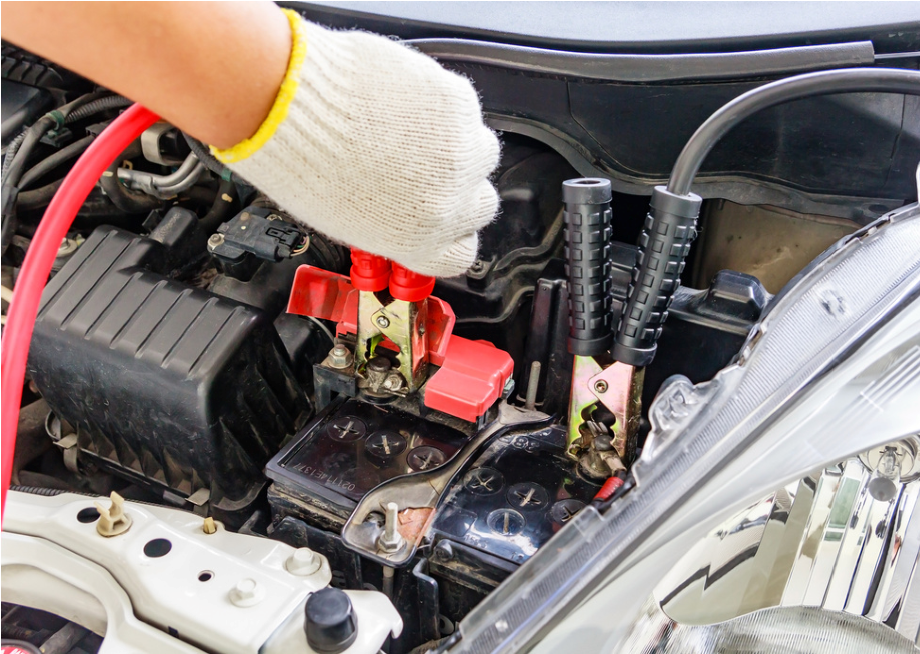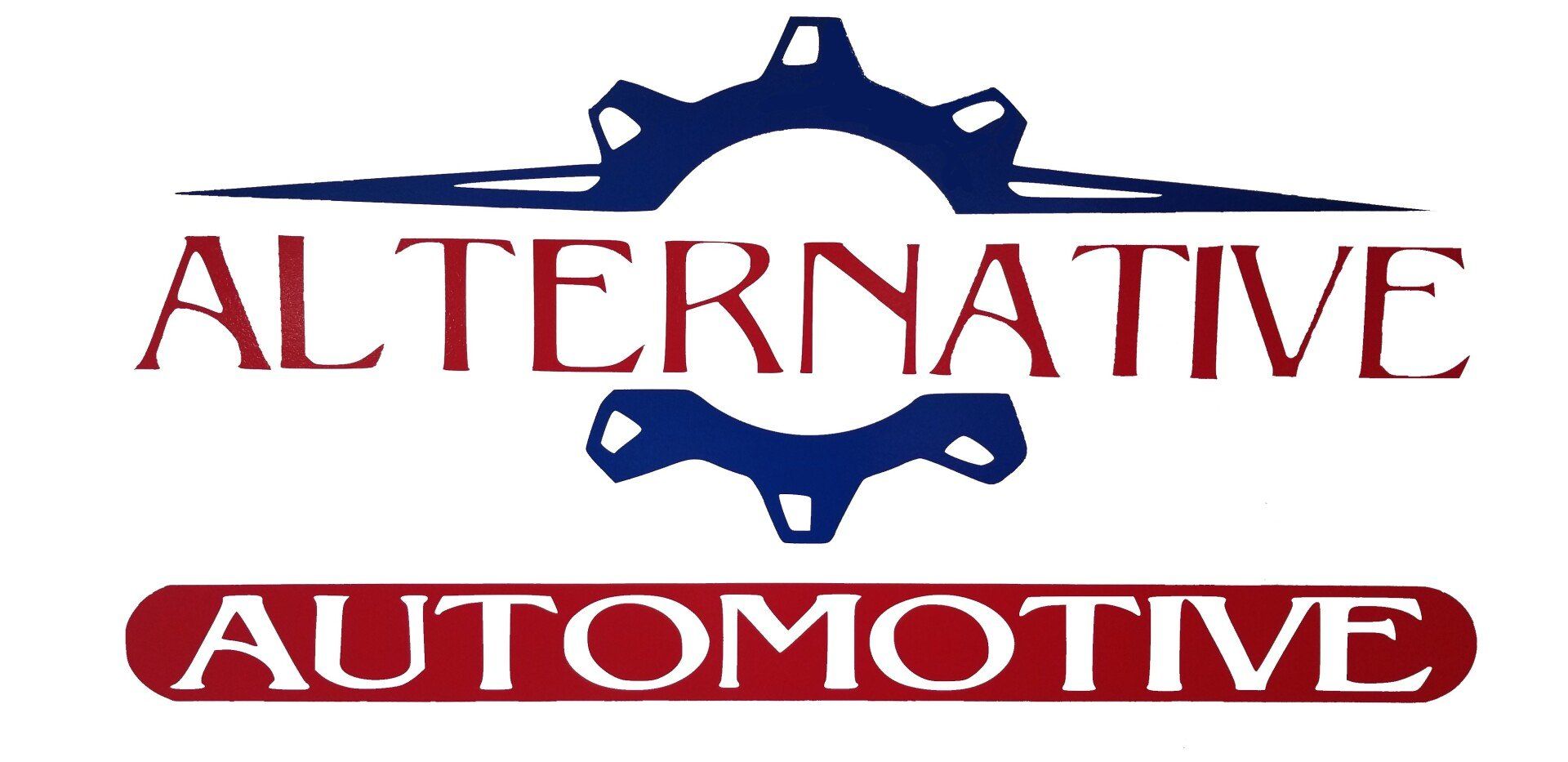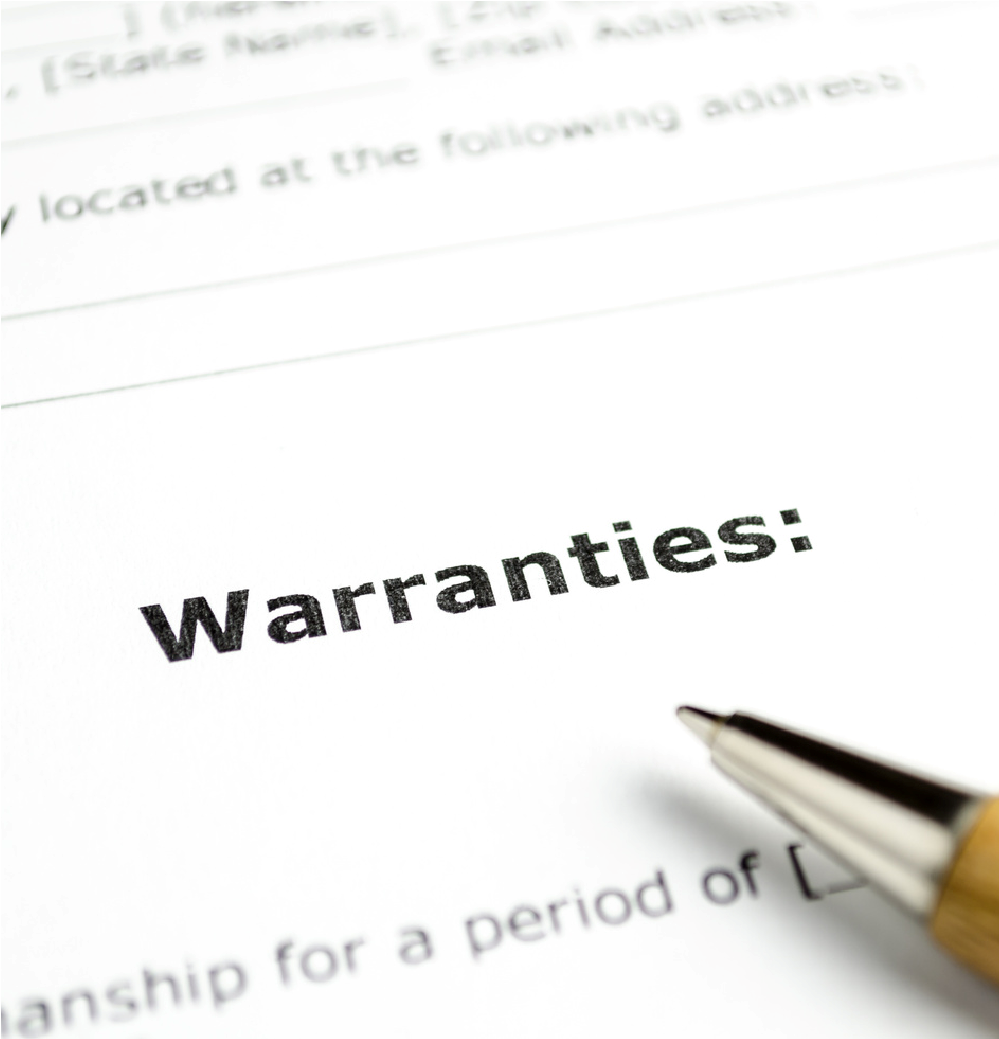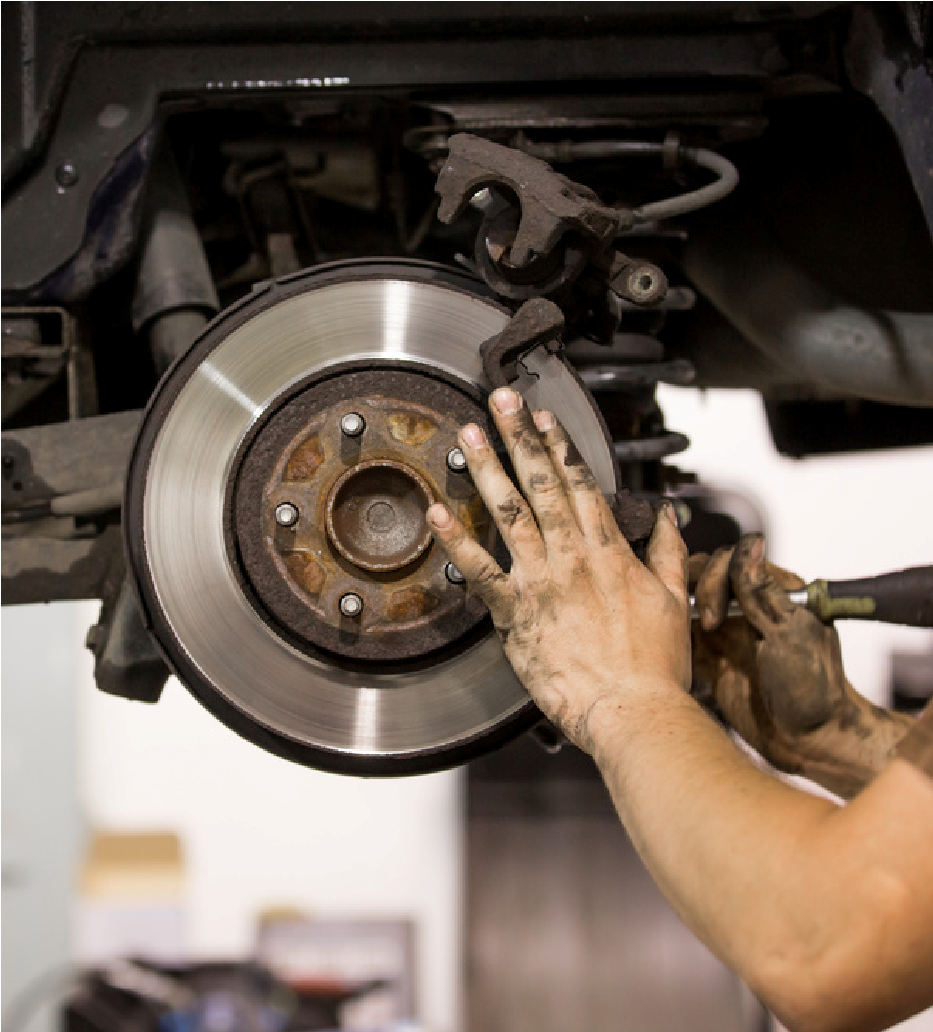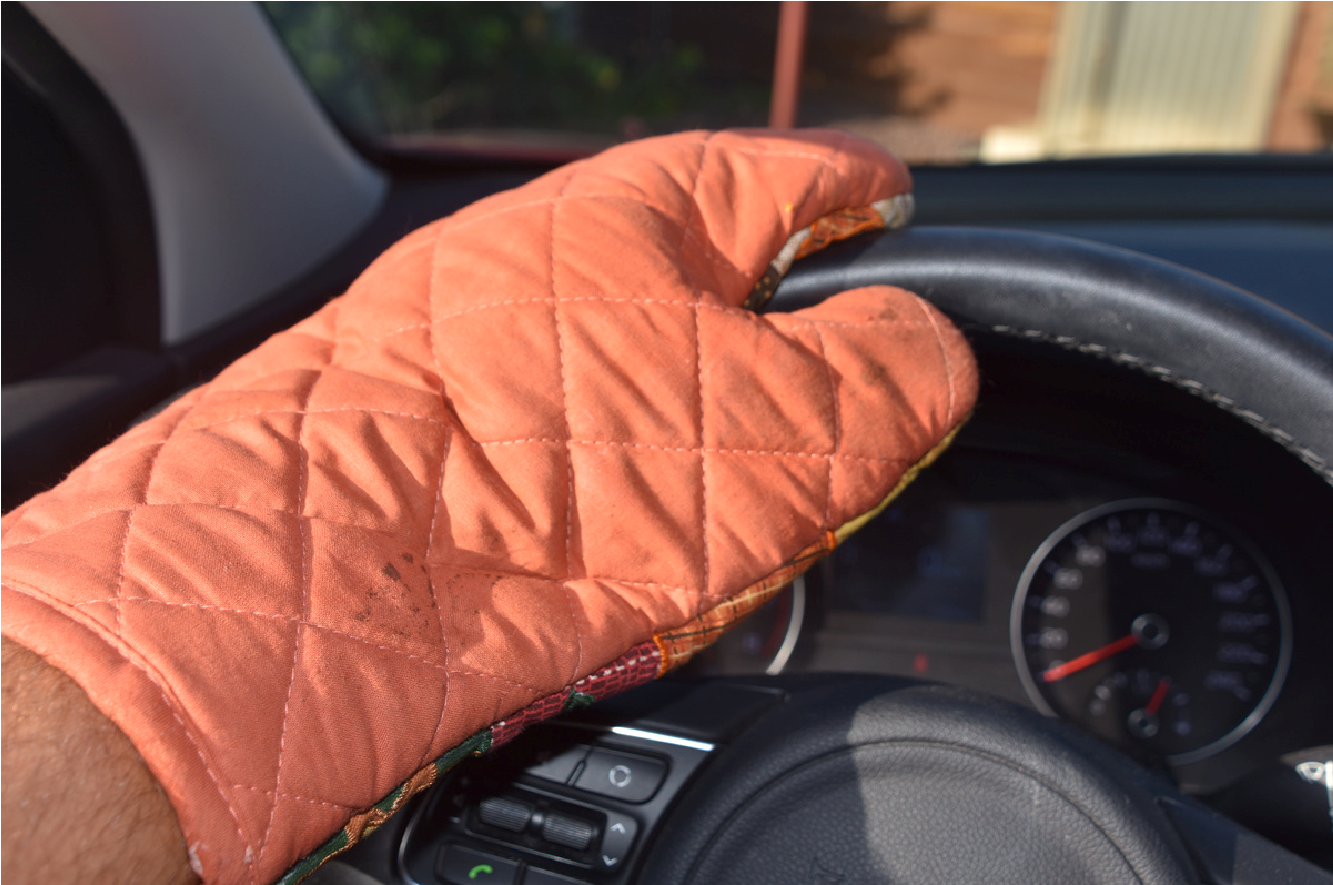What Happens If You Use the Wrong Oil Grade in Your Engine?
We get it—oil is oil, right? Not quite. Using the wrong oil grade in your engine can lead to some serious trouble down the road. That number on the oil bottle actually matters, and your car’s performance (and lifespan) depends on getting it right.
So, What Is Oil Grade Anyway?
When you see something like 5W-30 on a bottle, it’s not just alphabet soup. That code tells you how the oil performs in different temperatures. The first number (with the “W” for winter) shows how it flows when it’s cold. The second number is how it holds up when your engine’s running hot.
What Can Go Wrong With the Wrong Oil?
Here’s what you might run into if you use the wrong oil:
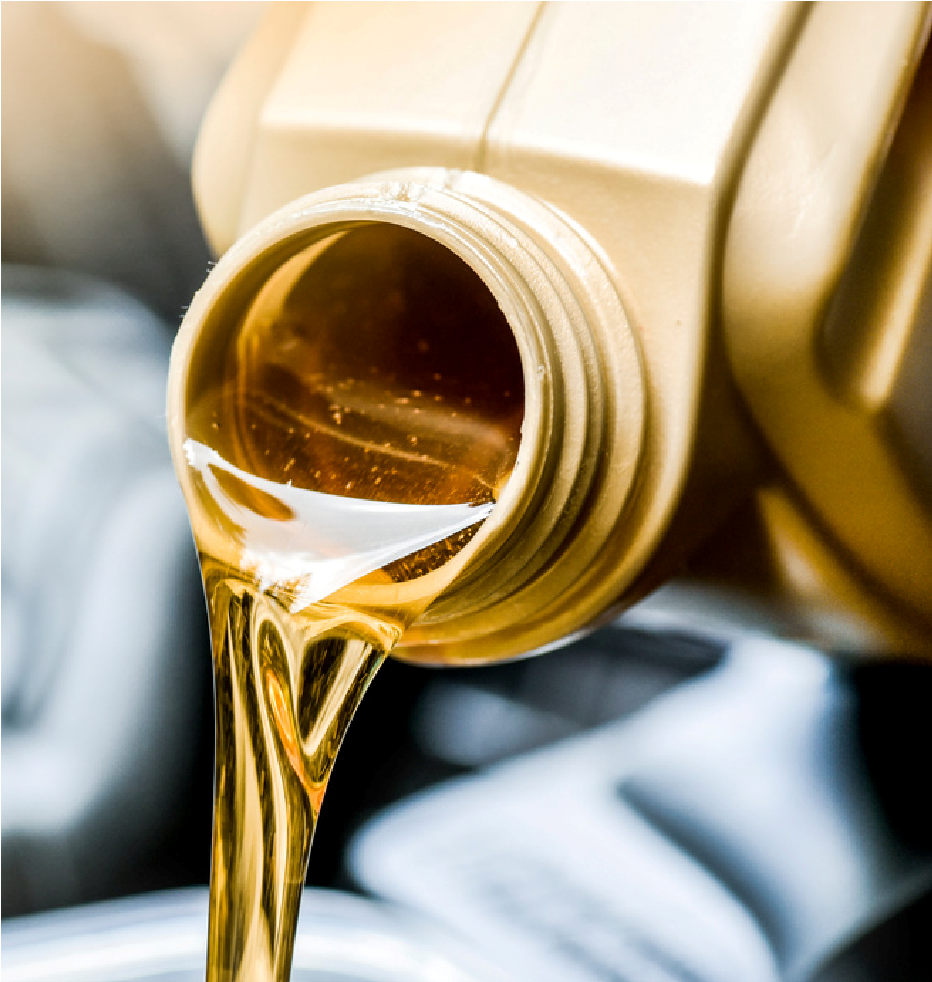
- Poor Lubrication – Thicker oil may not reach tight engine areas, while thinner oil might not protect as well under heat and stress. Either way, your engine parts are grinding more than they should.
- Increased Wear & Tear – Your engine’s parts are designed with specific tolerances. The wrong oil breaks that balance, speeding up wear.
- Reduced Fuel Efficiency – The engine works harder to move too-thick oil or doesn’t run optimally with too-thin oil. Either way, you’ll feel it at the pump.
- Engine Overheating or Failure –
Without proper oil flow and protection, your engine can overheat or even seize up. And trust us, that’s not cheap to fix.
What Should You Do?
Check your owner’s manual for the recommended oil grade. And when in doubt, let us handle it. At Alternative Automotive, we use the right oil, every time. Whether it’s a routine change or you’re not sure what your car needs, we’ve got your back.

